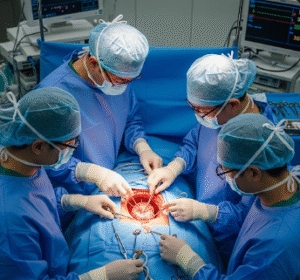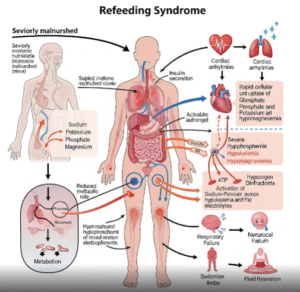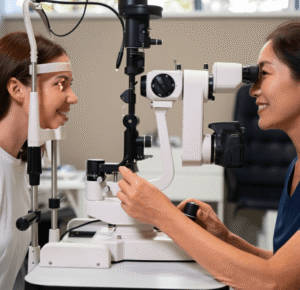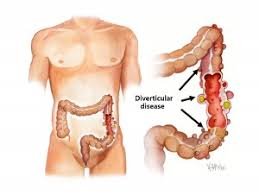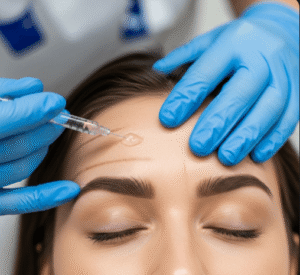Serial Excision Scar in Korea
What It Is
Serial excision is a scar revision technique used to gradually remove large or wide scars over multiple surgical sessions. Instead of removing the entire scar at once (which may not be possible due to skin tension), the surgeon excises a portion of the scar and closes the wound carefully. After the skin stretches and heals, additional procedures are performed to further reduce the scar until it is replaced with a narrower, less noticeable line.
This method is particularly effective for scars that are too large, thick, or irregular to be treated in a single surgery.
Why It’s Done
Patients choose serial excision scar treatment because:
- They have broad, stretched, or irregular scars that cannot be revised in one procedure.
- A large scar is located in a high-visibility area such as the face, neck, or arms.
- They want to improve scar appearance gradually with less tension on surrounding skin.
- The scar causes functional or psychological concerns and needs refinement.
Good candidates include:
- Men and women with large, unsightly scars.
- Patients with good skin elasticity for staged closure.
- Individuals willing to undergo multiple procedures for optimal results.
Alternatives
- Single excision with closure: Suitable for smaller scars.
- Z-plasty or W-plasty: Best for scars requiring reorientation or camouflage.
- Laser therapy or resurfacing: Useful for color and texture improvement but not for scar size reduction.
- Skin grafts or flaps: Considered if the scar is too large for excision.
Preparation
Before undergoing serial excision in Korea, patients will:
- Have a consultation to assess scar size, depth, and location.
- Undergo medical evaluation and history review.
- Avoid smoking and alcohol for at least 2–4 weeks before surgery.
- Discontinue blood thinners and certain supplements.
- Plan for staged surgeries spaced several months apart.
How It’s Done
- Anesthesia: Local anesthesia with sedation or general anesthesia, depending on scar size.
- First stage: A section of the scar is surgically excised, and the wound is closed with fine sutures.
- Healing period: The skin is allowed to stretch and remodel over several months.
- Subsequent stages: The process is repeated until the entire scar has been replaced with a thin, linear scar.
- Duration: Each session takes 1–2 hours, with 2–4 sessions often required.
Recovery
- First week: Swelling, redness, and mild discomfort at the surgical site. Sutures are removed in 5–10 days.
- Return to activities: Patients usually resume light activities within a few days.
- Healing between sessions: Each stage requires 2–3 months of healing before the next excision.
- Final results: A smoother, narrower scar achieved after all sessions are completed, usually within 6–12 months.
Possible Complications
- Redness or swelling at the surgical site.
- Scar widening if skin tension is too high.
- Multiple sessions may increase patient downtime.
- Rare risks: infection, poor wound healing, or pigmentation changes.
Treatment Options in Korea
Diagnosis
Korean surgeons assess scar length, width, and location, sometimes using 3D imaging or dermoscopy to plan excision stages.
Medical Treatments
Scar care therapies such as silicone sheets, steroid injections, or laser treatments may be used before, between, or after excisions to improve outcomes.
Surgical or Advanced Therapies
- Serial excision for large scars requiring staged treatment.
- Combination with Z-plasty or W-plasty for irregular or contracture scars.
- Skin grafting or flap surgery in extreme cases where excision alone is not sufficient.
Rehabilitation and Support
- Scheduled follow-ups after each stage for wound and scar management.
- Scar care with silicone gels, pressure therapy, or laser treatment.
- Long-term monitoring to ensure gradual improvement.
- International patients benefit from structured treatment planning and multilingual aftercare services in Korean clinics.




